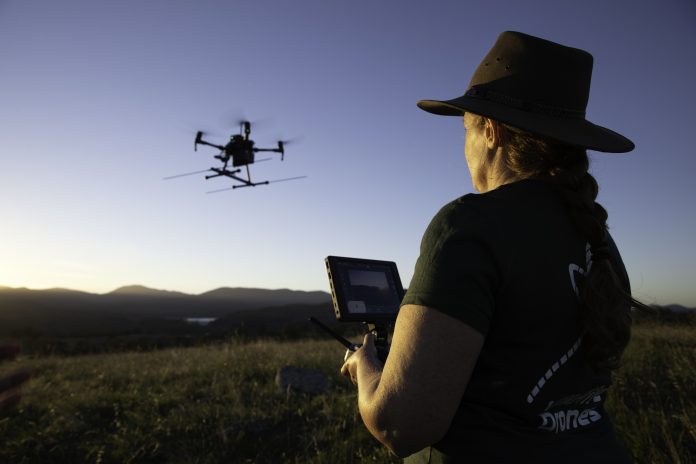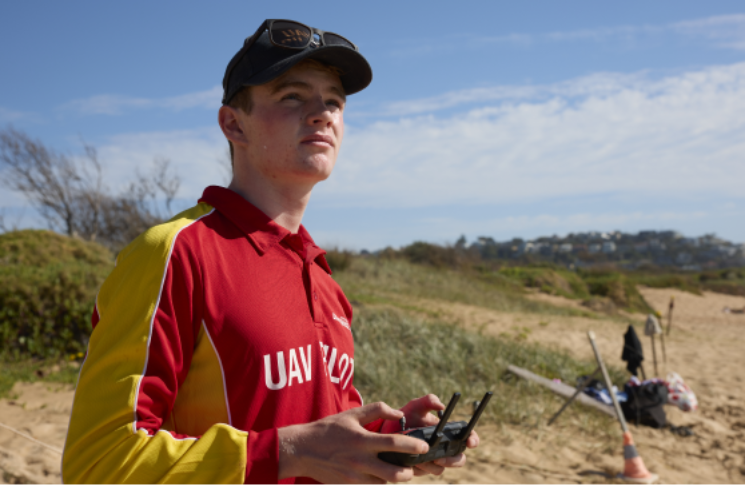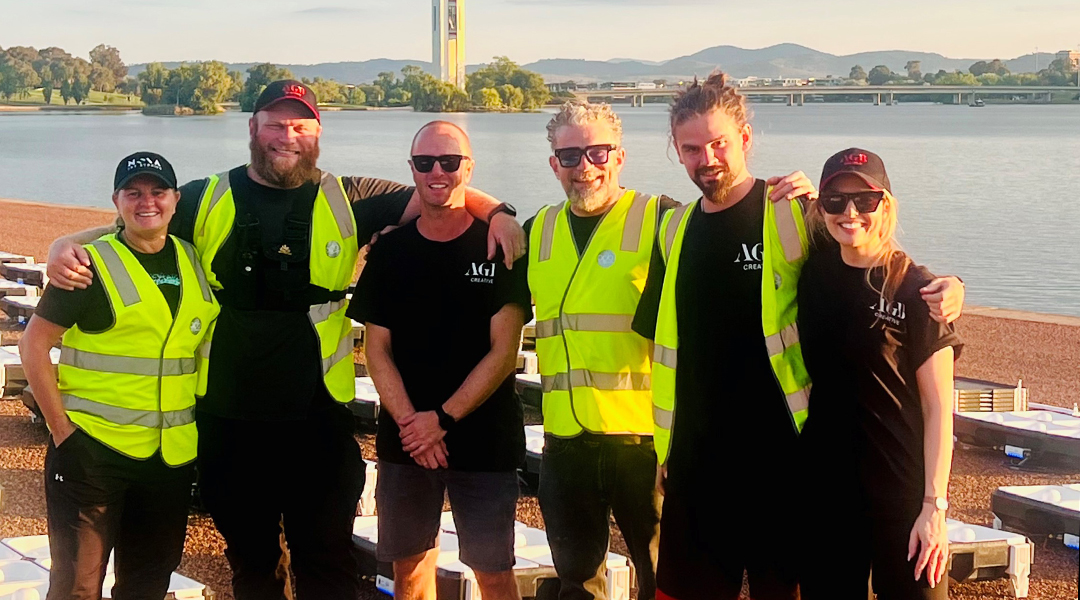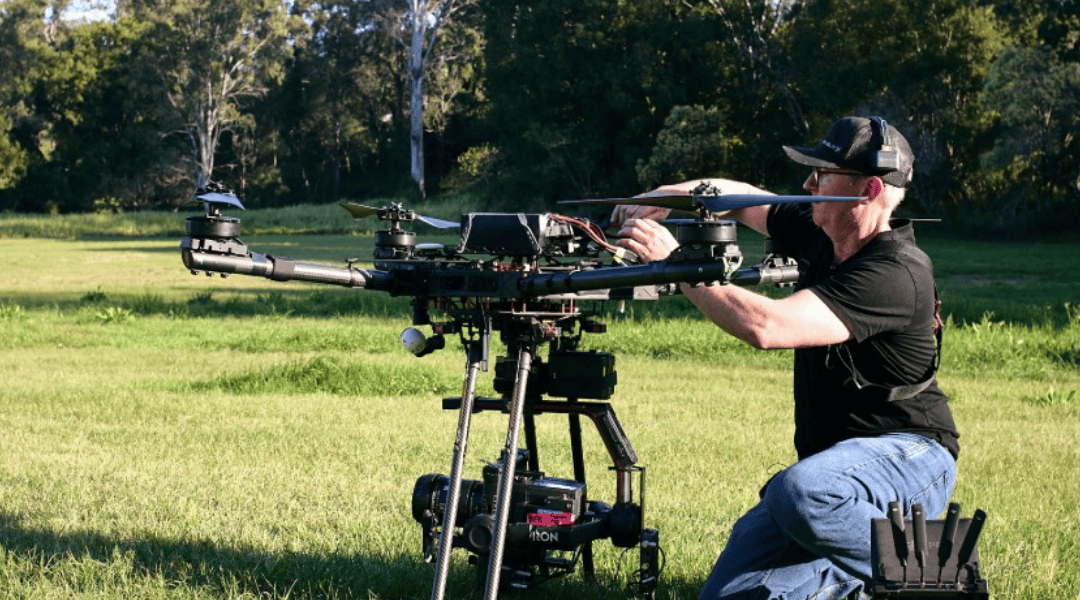As she searches from the skies, Dr Debbie Saunders can be on the lookout for animals as diverse as missing koalas, endangered Vietnamese pangolins and even the mysterious New Zealand kakapo.
Debbie is the chief executive officer and chief remote pilot of Wildlife Drones, a Canberra-based team using innovative drone technology to track endangered and invasive animal species.
For more than 20 years, she worked as a wildlife biologist, focussing on threatened species conservation management.
‘The species I’ve predominantly studied is the swift parrot, a small, critically endangered migratory bird,’ she explains. ‘We knew almost nothing about their movements across the landscape which are a major part of its annual cycle. It’s a very small bird so they need tiny tags and satellite or GPS tags are simply too big for them to carry.
‘So that spurred the idea: wouldn’t it be great to be able to use a drone to track tiny tags that they can carry?
‘Initially I knew almost nothing about drones, but back then in 2008 almost no one did. It took us years to get funding and then eventually we developed a prototype and proved it was possible to track birds using a drone.’
After working with other drone pilots, Debbie realised she needed to learn how to fly a drone herself so she could go and fly whenever needed. In 2016, she gained her remote pilot’s licence (RePL) with Aviassist and her first drone, a DJI Matrice 210, still used by the company.
‘I’d never flown a drone before and so it was kind of strange, but having those flying skills enabled us to develop our tech more,’ she says. ‘I was the main pilot for a number of years but now we have other pilots who fly for us as well.’
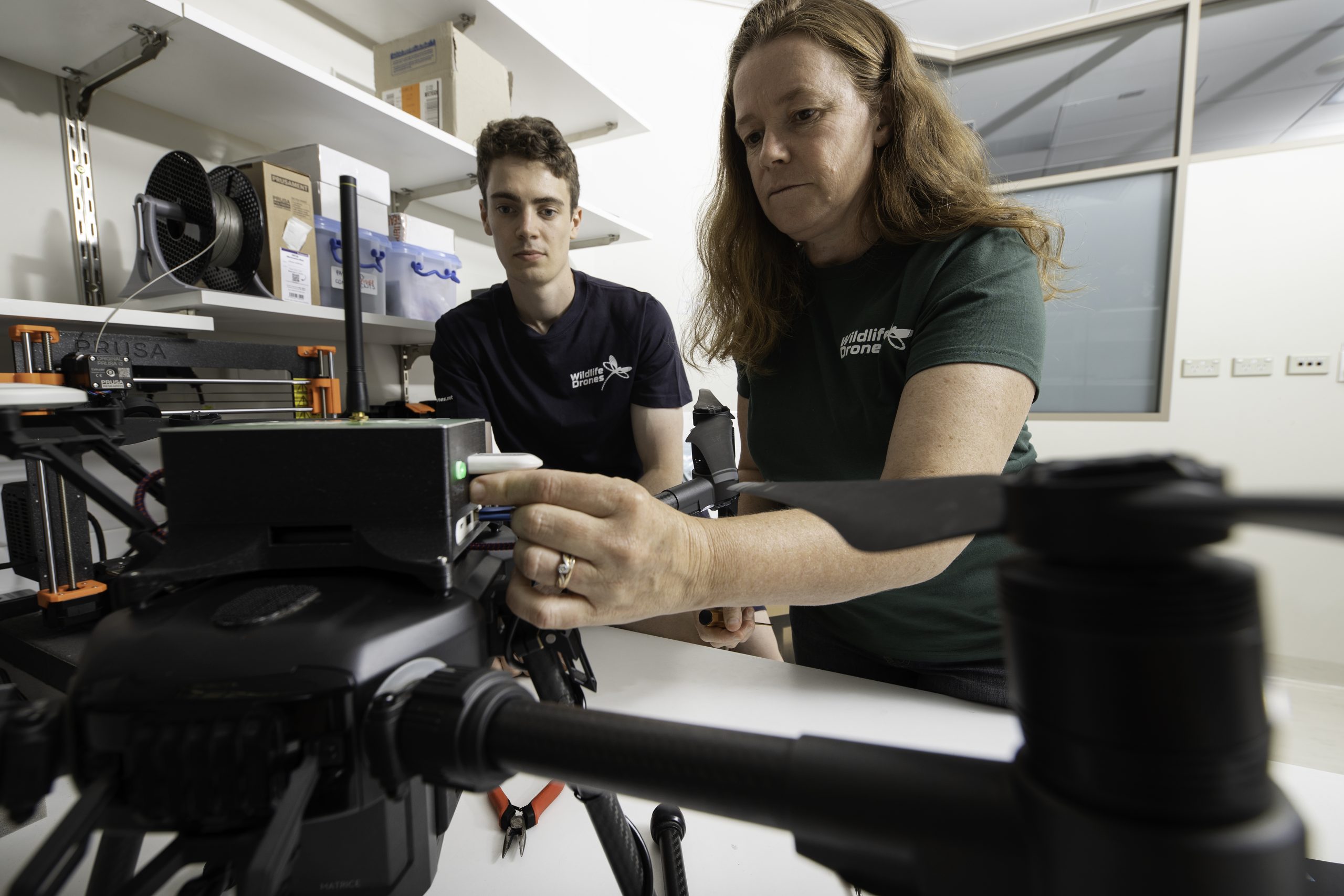
Some initial media coverage resulted in approaches by organisations from around the world, wanting to know how they could use similar technology for their tracking. Debbie stepped away from her academic life, although she still works part-time at the Australian National University, and undertook innovation and market research courses to enable her to start Wildlife Drones.
Early projects included working with Save Vietnam’s Wildlife (SVW) to track pangolins, one of the world’s most trafficked mammals. It was, says Debbie, a true highlight of her career.
‘We were really honest and told them straight out that we didn’t know if the tech was going to work in such a dense tropical environment – but it worked a treat,’ she says. ‘We also taught SVW how to fly their own drone and radio track at the same time, while being fortunate enough to see the release of rehabilitated pangolins back into the wild.’
Debbie’s enthusiasm for her work is evident, but she faces a new and interesting challenge as drones – especially quadcopters – become larger, more powerful and, unfortunately, noisier.
‘The Matrice 210 has been superseded but it’s a much noisier model in the VHF band,’ she says. ‘We’ve been working with a number of drone companies in the USA, the Netherlands and in Queensland to explore alternative options. We’re doing some flight testing with them and we’re also looking at vertical take-off and landing platforms which will also give our clients longer range flight capabilities.’
Unsurprisingly, wildlife is at the forefront of Debbie’s thinking when it comes to safety.
‘I would always say be aware of what birds are around, particularly wedge-tailed eagles and raptors,’ she says.
‘When I fly, I always keep an eye out for them before take-off and throughout the flights, and often they’re just watching out of curiosity. I usually only fly to a maximum of 100 metres so, if an eagle does come in, I can just simply lift the drone up a bit to avoid an interaction, because they only attack down. They generally won’t attack the drone if it’s higher than they are. If they are persistent, then I land and go elsewhere or wait until they have moved well away.’
Caution is also the catchphrase in the suburban areas that are often home to a proliferation of galahs and cockatoos.
Debbie’s solution is to fly the drone about 5 metres off the ground to let the birds know the aircraft is around.
‘And then you can fly, once the birds have re-settled themselves,’ she says.

